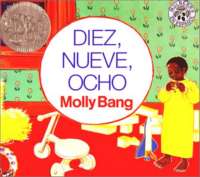
\” Diez deditos lindos, limpios y calentitos … Nueve arnigos suaves en un cuarto calladitd\’. Es hora de ir a la cama y el papá pone a dormir a su pequeña hija con una cálida y serena cuenta regresiva hacia el pañs de los sueños.
Material appropriate for primary age groups

\” Diez deditos lindos, limpios y calentitos … Nueve arnigos suaves en un cuarto calladitd\’. Es hora de ir a la cama y el papá pone a dormir a su pequeña hija con una cálida y serena cuenta regresiva hacia el pañs de los sueños.
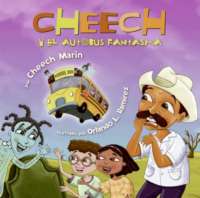
¿A que no adivinas quién se volvió loco? ¡El autobús escolar de Cheech! El autobús escolar de Cheech recoge unos chicos cerca del cementerio, pero ¡oh, sorpresa! Los chicos resultan ser bastante raros, ¡pues son unos fantasmas! Los Cheecharrones intentan de todo para deshacerse de ellos: los asustan con unos disfraces espantosos, les cantan canciones poco amistosas y hasta los persiguen para echarlos por las ventanillas. Hasta que todos se dan cuenta de que ¡estos fantasmas son divertidos! Lo malo es que Cheech todavía les tiene un poquitín de miedo. ¿Podrán los Cheecharrones convencerlo para que los fantasmitas se queden? En este libro tan chistoso como tierno, el humor instantáneo de Cheech Marin le da un nuevo giro a la idea de que a veces ser diferente no es tan espantoso.
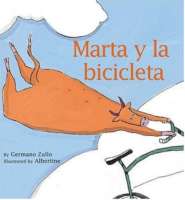
While the other cows on Monsieur Gruyere’s farm dream about becoming train engineers, Marta opts to ride the much quieter bicycle, and after a year of practice, becomes a skilled rider.
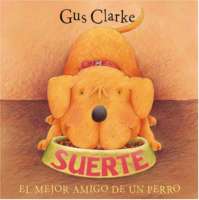
Meet Lucky, an endearing, cheerful little dog who really is lucky. He has plenty to eat, a roof over his head, a comfortable bed, and lots of friends. Lucky is very, very lucky. He just doesn’t have an owner…
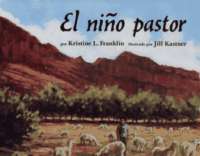
As a young Navajo boy brings his family’s sheep home one evening, he discovers one is missing and sets out to rescue it before nightfall.
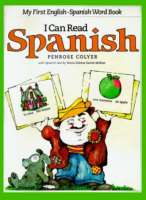
Double-page spreads contain cartoon-like illustrations and sentences, in both Spanish and English, about Miguel and his friends. An introduction covers pronunciation and includes tips on reading.